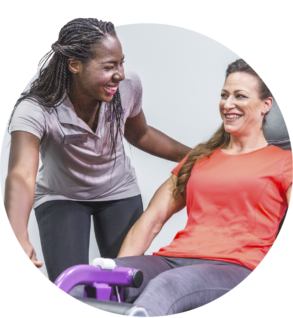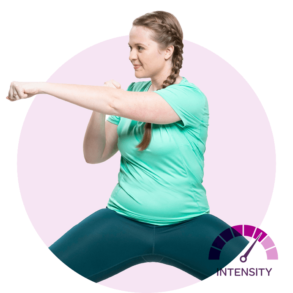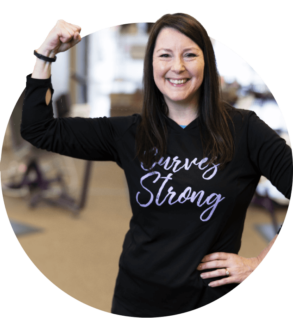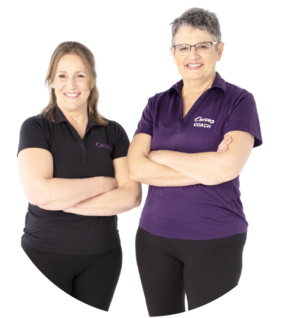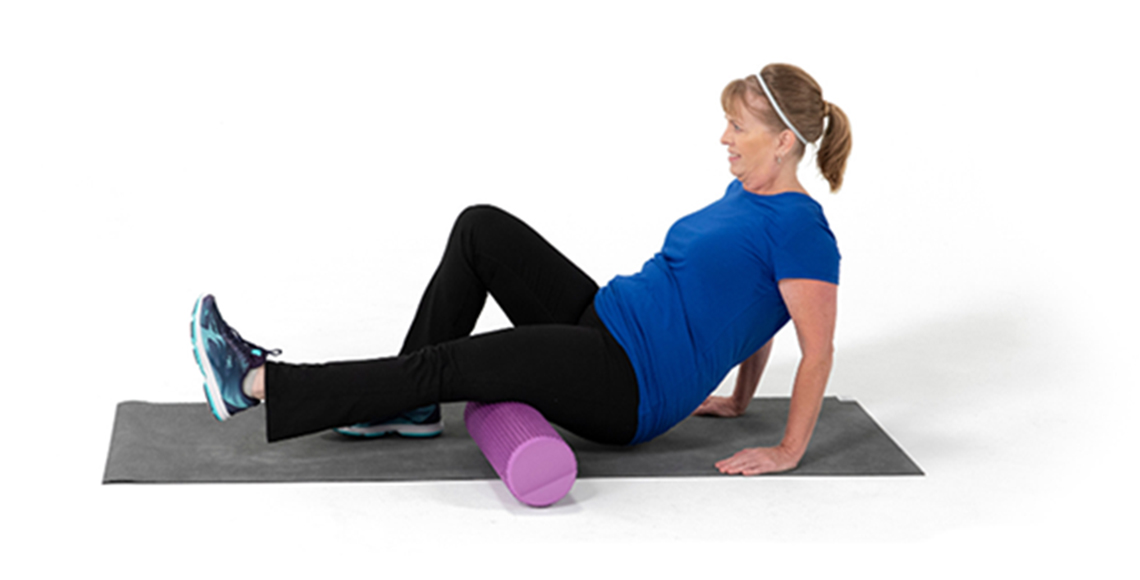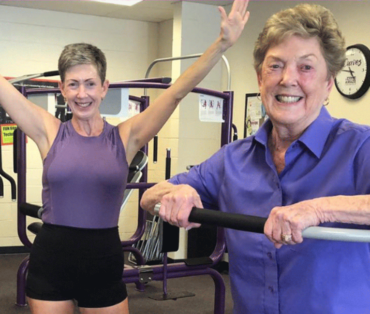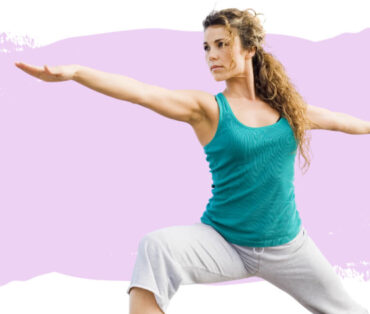The Benefits of Foam Rolling
One of the trends in fitness right now is Foam Rolling. But do you really know what foam rolling is, or how and why you should do it?
Foam rolling is a technique used to deliver Self-Myofascial Release (SMR) or a self-delivered deep tissue massage. Much like a deep tissue massage, the purpose of foam rolling is to release tight spots or knots within the muscles to help you improve your range of motion and muscle performance, and overall, just feel better.
Though gaining in popularity over the past 20 years, the first handheld rolling device was issued a patent in the US in the early 1900s. Massage therapists had found that when their clients used a rolling device between their massage appointments, their clients’ muscles felt better, and they had longer lasting results.
Over the past several years, there have been several research studies1 focused on the benefits of foam rolling. These include, but are not limited to:
- Decreased soreness and fatigue post workout
- Improved muscle function
- Improved range of motion
- Improved artery flexibility, which can help lower blood pressure
It is important to note that most people do not perform foam rolling the way it is recommended or in a way that will provide all these benefits. The recommended way to foam roll involves slowing rolling, about 1 centimetre per second, across a muscle or muscle group to identify tight spots or knots within the muscle. Once a tight spot or knot has been located, apply gentle pressure for about 30-seconds before moving to the next area.
As with every new exercise program, it is always best to consult your primary care provider first, especially if you have chronic pain or a major injury.
With all the benefits of foam rolling, it is hard to believe that there may be reasons to not foam roll.
Some of these reasons2 may include, but are not limited to:
- Osteoporosis – foam rolling on the spine and/or hips should be avoided.
- Diabetes – particularly if you have neuropathy. Foam rolling my cause damage to the blood vessels that you cannot feel.
- High Blood Pressure – Foam rolling, when done correctly can be uncomfortable. Discomfort can cause you to hold your breath, which can elevate your blood pressure.
- Varicose Veins – Foam rolling over varicose veins can cause more damage to the vein as well as increase discomfort.
- Any area where you have had a recent injury or surgery should be avoided. As well as any area that has swelling.
- Pregnancy – during the third trimester your body starts to produce the hormone relaxin, which helps relax the muscles around the hips in preparation for giving birth. This hormone can also cause joint stability in the hips to decrease. Foam rolling may increase this instability. Pregnant women should also avoid foam rolling their lower legs, ankles, or feet as this can induce labor.
Foam rolling and other forms of myofascial release can cause discomfort, much like a deep tissue massage. It is important to distinguish between discomfort and pain. Discomfort may present as an ache or burning sensation and it usually subsided as you push through and completely resolves when you are done. Pain is a signal from your body that something is wrong. It usually presents as sharp, stabbing, shooting or intense. Pushing through pain will most likely make things worse. On a scale of 1-10, 1 being you feel nothing and 10 being extreme pain, foam rolling should be somewhere between a 5-8. It is important to note the difference between discomfort and pain. If you are ever feeling pain, please consult your primary care provider.
To learn more about foam rolling, ask your Curves Coach or see our Foam Rolling classes on MyCurves On Demand. Not a Curves member yet? For more information about Curves women’s gyms, visit ‘Why Curves‘. You can also learn more about the ‘Curves Circuit’ and our full-body workouts here.
Sources:

